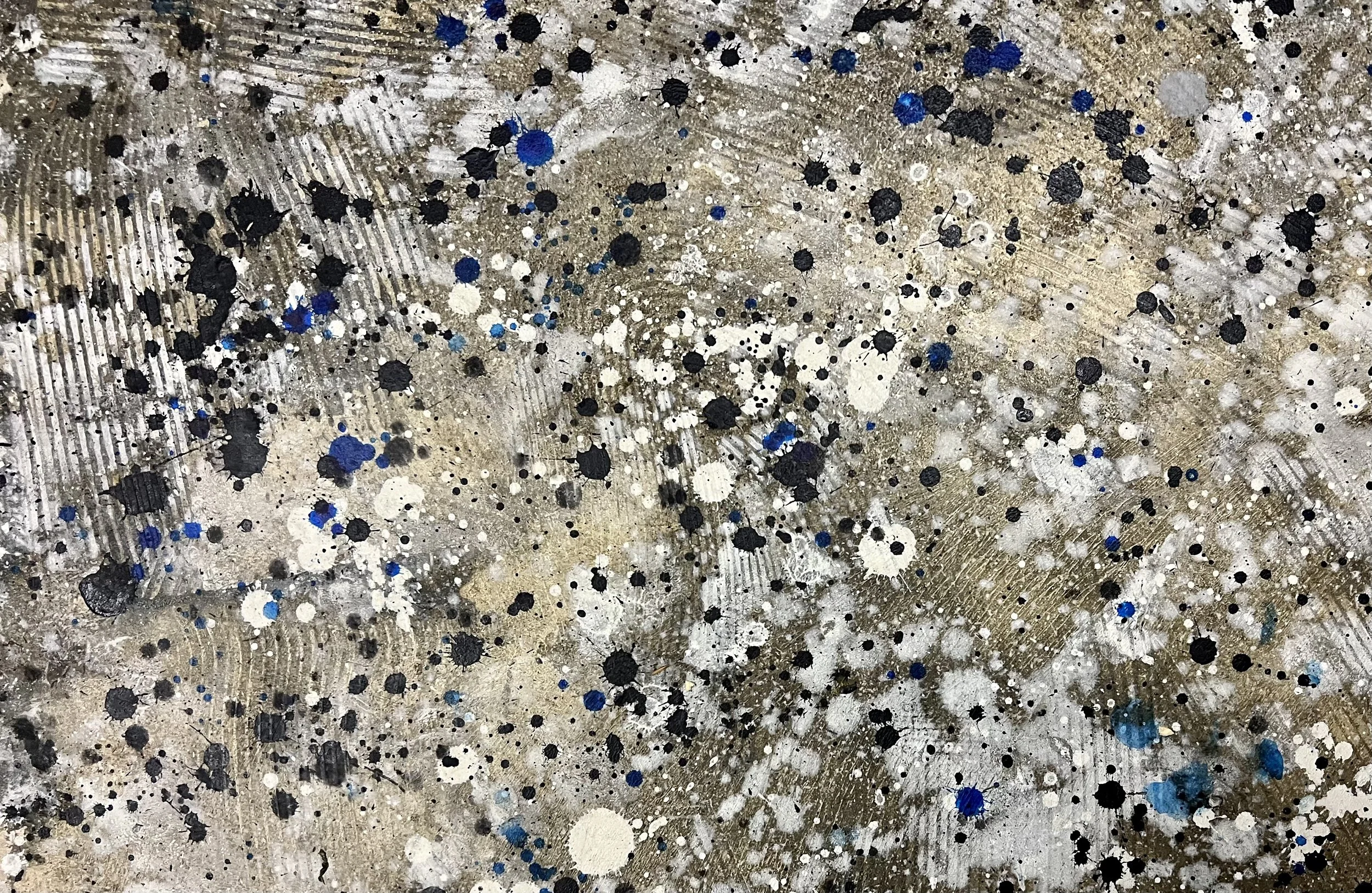1840s Greek Revival Home in Woodbury, CT
One of the most common styles of homes and architecture in Woodbury and the surrounding areas is Greek Revival. The Greek Revival was actually the name of the architectural movement that took place in the late eighteenth and early nineteenth centuries, primarily in Northern Europe and the United States. The term was first used by Charles Robert Cockerell in 1842.
Greek Revival is seen as a product of Hellenism: a neoclassical movement very distinct from other Roman and Greco-Roman forms of neoclassicism that emerged after the European Renaissance. The essence of Greek art, and, therefore, Hellenism, was noble simplicity and sedate grandeur. These styles of Greek influence were adapted into sculptors, poetry, and, eventually, architecture—which is what led to the period of Greek Revival.
Despite the prestige of Ancient Greece among the educated class of Europe, there was little direct knowledge of that civilization before the eighteenth century. It would take until the expedition funded by the Society of Dilettanti in 1751 before serious archaeological interest and inquiry began. Meanwhile, the rediscovery of the three Greek temples at Paestum in southern Italy created huge interest throughout Europe.
While eighteenth-century Americans had feared Greek democracy, the appeal of ancient Greece rose in the nineteenth century along with the growing acceptance of democracy. This suddenly made Greek architecture much more attractive and intriguing in both the North and South for differing idealogical purposes. For the North, Greek architecture symbolized the freedom of the Greeks. In the South, it symbolized the cultural glories enabled by a slave society.
In 1803, Thomas Jefferson appointed Benjamin Henry Latrobe to design a number of important buildings in Washington, D.C. and Philadelphia, including the US Capitol and the Bank of Pennsylvania. Latrobe’s designs for these buildings were an imaginative interpretation of the classical orders not constrained by historical precedent, incorporating American motifs such as corncobs and tobacco leaves into the structures. Though his overall plans for some buildings did not survive, this idiosyncratic approach became typical for the American attitude toward Greek detailing.
Greek Revival in North America also included attention to interior decoration. Innovations such as the Greek-inspired “sofa” and the “klismos chair” allowed both American women and men to pose as Greeks in their homes, and also in the portraits of that period, which show them lounging on Greek-inspired furniture. From 1820 to 1850, the Greek Revival style dominated the United States, such as the Benjamin F. Clough House in Waltham, MA and many others expanding all the way to the west of the country.
Benjamin F. Clough House in Waltham, MA
Some of the key elements of a Greek Revival-style home are tall columns and pediments, a painted plaster exterior, a horizontal transom that sits over the front door, moldings throughout both the exterior and interior of the home, and expensive embellishments to add more detail. Most homes were painted white to resemble the white marble of impressive and costly public buildings. Low-pitched gable and hip roofs are typical.
Greek Revival is a great example of a style that gained popularity by exploring parallels between an earlier culture and the present day. The style became a fundamental expression of America’s triumphant sense of destiny and the feeling that our newly formed nation was the spiritual descendent of Greece, birthplace of democracy. In time, Greek Revival even became known as the national style.
Not only is Greek Revival a very prevalent and well-known architectural style throughout New England and the rest of America, it has also been a key element to the nation’s emerging sense of self and further identity in art, philosophy, and science. That’s one powerful design.


